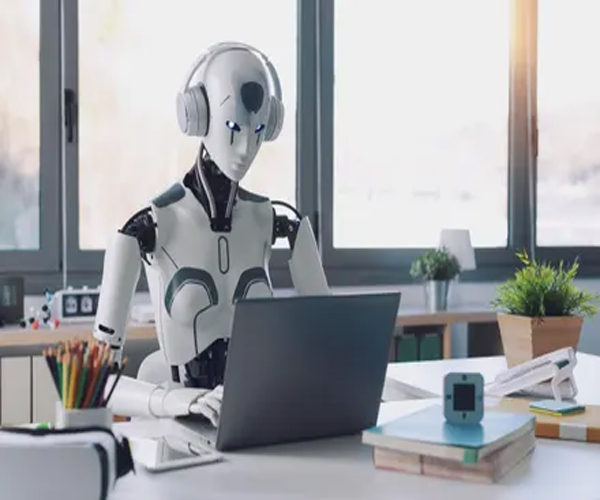General-purpose humanoid robots using AI are advancing and increasingly gaining investment support to perform tasks that humans do easily. According to SkyQuest Technology Research, the humanoid robot market size was valued at $1.48 billion in 2021, and projected to grow from $42.10 billion in 2022 to $34.96 billion by 2030, growing at a CAGR (Compound annual growth rate) of 42.1% in the forecast period of 2023-2030.
Much of the growth is coming from the realities of the rising aging population, fueling demand for humanoid robots for personal assistance, caregiving, education and medical sectors. However we are now starting to see more announcements of humanoid robots to provide support in the manufacturing and transportation and logistics sectors as well.
On contrary, AI-based humanoid robots can play a significant role in developing countries like Ethiopia, particularly in risky industries such as mining. Here are some reasons why they are important:
Efficiency and productivity: AI-based humanoid robots can perform repetitive tasks with high accuracy and efficiency, leading to increased productivity in mining operations. They can work continuously without the need for breaks or rest, which can significantly speed up the mining process.
Safety: Mining can be a dangerous occupation, with various occupational hazards and risks involved. By deploying humanoid robots, the safety of human workers can be improved. Robots can operate in hazardous environments, such as deep underground mines, where there may be risks of cave-ins, toxic gases, or high temperatures. This reduces the exposure of human workers to dangerous conditions and minimizes the occurrence of accidents and injuries.
Increased precision and quality: AI-based humanoid robots can be programmed to perform tasks with high precision, ensuring better accuracy in mining operations. For example, they can be trained to precisely extract minerals or ores from the ground or to handle delicate equipment. This leads to improved quality control and better utilization of resources.
However, it’s important to note that while AI-based humanoid robots offer numerous advantages, they should not be seen as a complete replacement for human workers. The deployment of these robots should be done in a way that complements human skills and capabilities, ensuring a balance between automation and the preservation of livelihoods.
Source :Forbes




